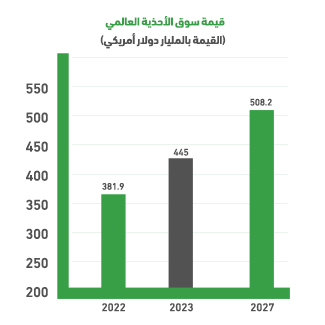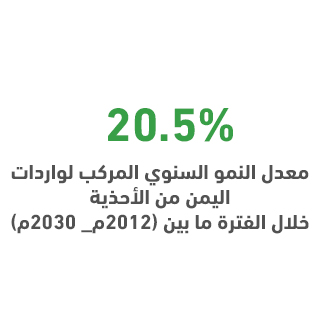
A shoe factory project is a project that aims to produce and manufacture shoes of various types, colors, and sizes. Production requires a variety of processes, including cutting, sewing, assembling, and final closing. A shoe factory project requires a range of equipment, such as a leather cutting machine, a sole-making machine, and others. The project also requires numerous raw materials. such as: Leather, rubber, textiles, and plastics. This project can take several forms, from a small factory consisting of a single production line to a large factory with multiple production lines. In both cases, establishing a shoe factory requires careful planning and a comprehensive study of the market, competitors, and costs. It is worth noting that one of the most important advantages the project can provide is the potential for high financial returns, especially if modern production and marketing technologies are employed. Undoubtedly, employing local labor and providing job opportunities for young Yemeni men and women will help enhance social and economic stability in the region.

By the end of 2022, the global footwear market was valued at approximately US$381.9 billion, and the market is expected to grow significantly in the coming years, reaching a value of US$508.2 billion by 2027.
The global footwear market is forecast to grow at a CAGR of 3.47% between 2023 and 2028. Market size is expected to exceed 13.73 billion pairs of shoes by the end of 2028.

In 2022, Yemen’s footwear imports were estimated at US$270.7 million, and demand is expected to rise to US$478.6 million by 2030.
The total value of Yemen’s production of bags, shoes, and leather tanning amounts to 10,345 million riyals.